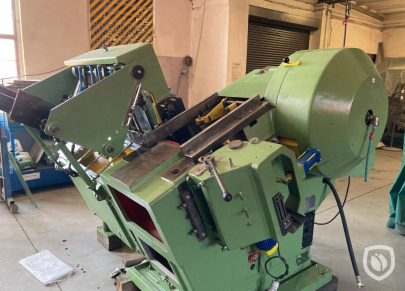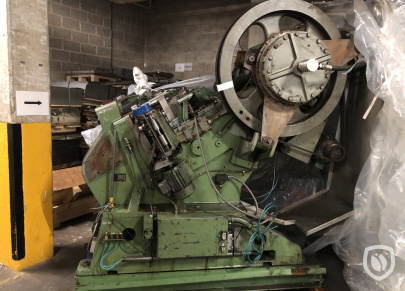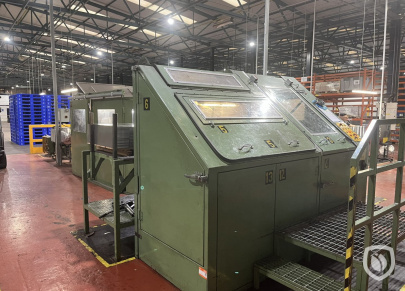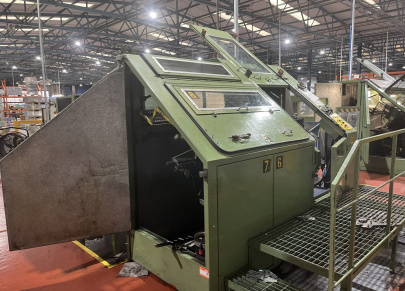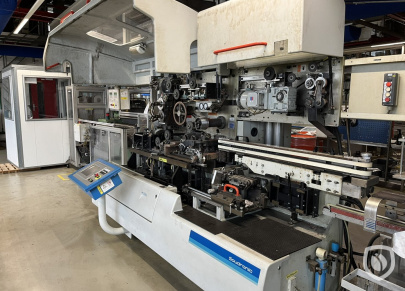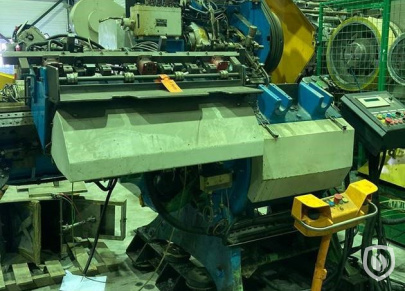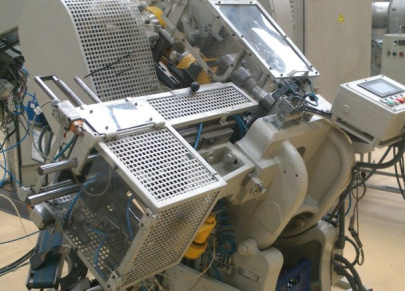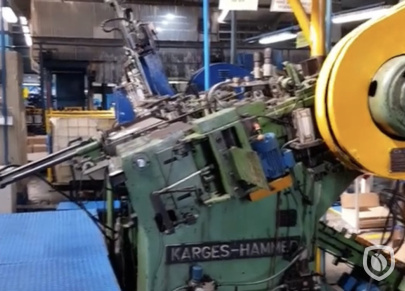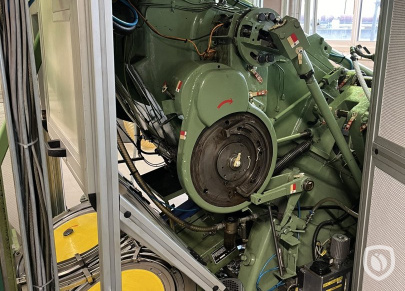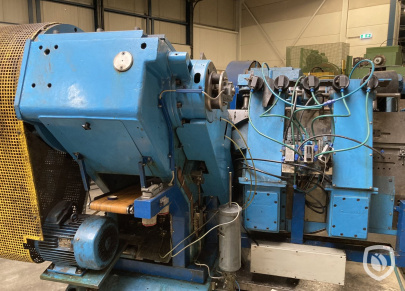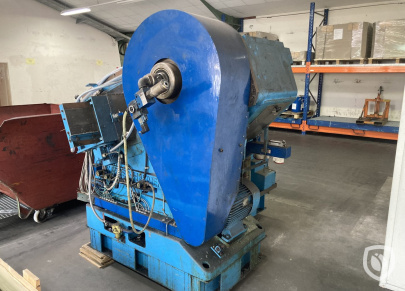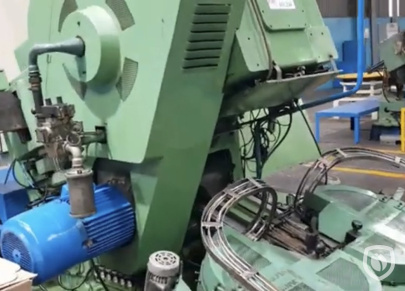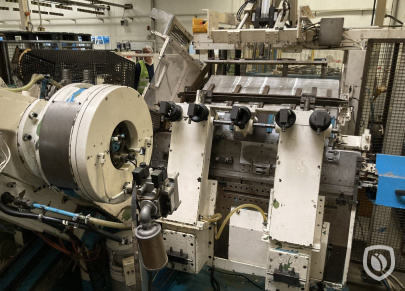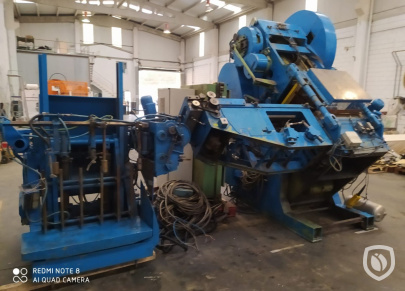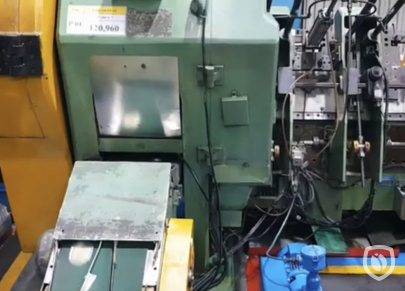How cans are made
Cans for food, drinks and non-food products may be constructed out of either two or three pieces of metal.
The first cans ever produced were three-piece and they were developed in the middle of the 19th century. They consist of a cylindrical body rolled from a piece of flat metal with a longitudinal seam, usually formed by welding, with a top and bottom, each seamed on the ends of the body.
Three-piece cans may be manufactured in almost any practical combination of height, diameter and shape. This process is particularly suitable for making cans of different sizes as it is relatively simple to change the parameters of the can under production.
The Cazander Brothers mainly have machinery for three-piece cans in stock.
What is a stripfeed press?
A stripfeed press is built for can end stamping. Piled strips are lifted by a set of hydraulic cylinders and then suck pads send the strips one by one to the strip feeding station. A reciprocating feeding bar at the feeding station pushes the strip into the punch tooling. The formed can end is ejected out via an end kicker or by air blowing to the rear, while the strip scrap is ejected to the side by a pressing roller.
Cazander Brothers regularly offer used Blema, Karges Hammer, Krupp, Metal Box and Naroska stripfeed presses from their extensive stock.
